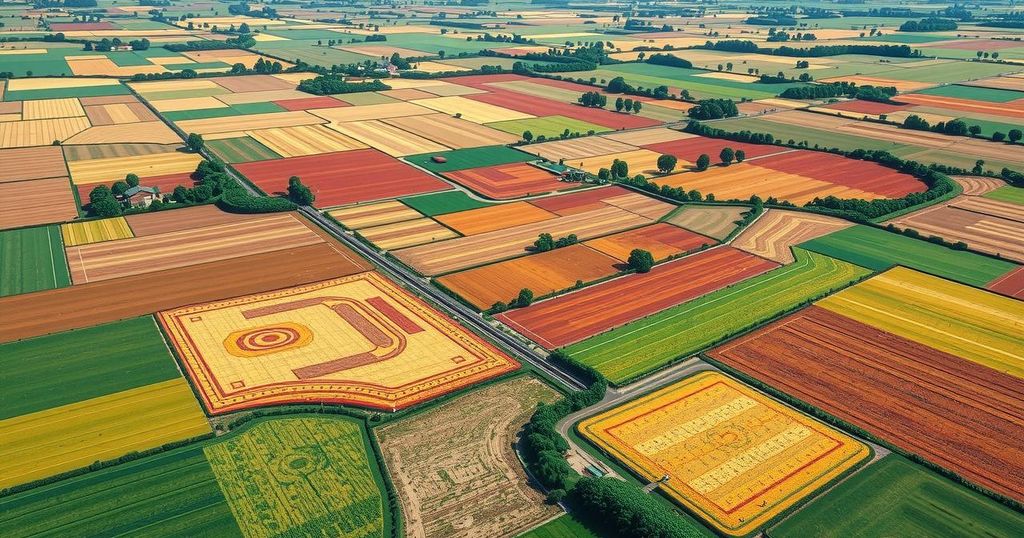Transformative Adaptation in Agriculture: Bridging Policy and Implementation Challenges

This article examines the increasing vulnerability of agriculture and land-use sectors to climate change. It highlights the urgent need for transformational adaptation strategies, as existing efforts are fragmented and insufficient. Despite frameworks like NDCs and NAPs emphasizing adaptation in agrifood systems, their implementation faces significant challenges. There is a critical need for practical tools to ensure successful transition from high-level planning to effective climate action in these sectors.
The agriculture and land-use sectors are particularly vulnerable to the impacts of climate change due to their dependence on natural resources. These sectors face severe consequences from climatic shocks, including declining crop yields, increased pest and disease incidences, and disruptions in supply chains. As global temperatures rise, the challenges to food security, nutrition, and livelihoods intensify, especially for marginalized communities who contribute least to climate change impacts. With projections indicating that up to 10 percent of current agricultural production may become unsuitable by mid-century under high emission scenarios, there is an urgent need for transformative adaptation strategies.
Despite some advancements, adaptation efforts remain inadequate, fragmented, and often sector-specific. The Intergovernmental Panel on Climate Change (IPCC) warns that piecemeal solutions are insufficient to address the rising impacts of climate change and that a shift towards comprehensive, systemic change in agrifood systems is essential for achieving Sustainable Development Goal 2: Zero Hunger by 2030. This necessity is underscored by the current contribution of agrifood systems to one-third of global greenhouse gas emissions.
An effective and enabling environment is required to facilitate climate-resilient transformations in agrifood systems. Nationally Determined Contributions (NDCs) and National Adaptation Plans (NAPs) serve as crucial frameworks for supporting adaptation planning, as they include priorities targeting agrifood systems. However, the practical implementation of these climate actions is currently limited, particularly in developing nations, mainly owing to various systemic barriers such as inadequate evidence generation, coordination issues, and insufficient financing. There exists a pressing need for tools that can assist in translating high-level planning into actionable initiatives focused on transformative climate resilience in agriculture and land-use sectors.
The agriculture and land-use sectors significantly contribute to global food systems but are also notably susceptible to climate change. The impacts of changing climate conditions affect both production and livelihoods, leading to increased risk of hunger and malnutrition among vulnerable populations. Despite the recognition of the risks and the commitment to adaptation through NDCs and NAPs, the practical transition to effective actions has been hindered by several challenges, underscoring the importance of developing practical tools for supporting national adaptation processes.
In conclusion, the agriculture and land-use sectors are at a critical juncture due to the increasing impacts of climate change. A paradigm shift towards systemic adaptation is imperative to safeguard food security and fulfill the commitments of sustainable development goals. While frameworks exist for adaptation planning, effective implementation remains a challenge that necessitates the development of practical resources to support transformative action at local levels. Through concerted efforts aimed at bridging the gap between policy intent and ground-level implementation, the potential for adaptation can be magnified to better serve vulnerable communities globally.
Original Source: reliefweb.int






